The Mighty Micronutrients Series: Vol. 3 – Manganese
Posted Posted Bethany Widman, Research Agronomist on April 24, 2025

Our next mighty micronutrient can easily be forgotten in conversation, but it still plays a very important role in plant health. Crops need manganese to help with the photosynthesis process and reduce the effects of stress on the plant.
What role does manganese play?
Photosynthesis
Photosynthesis is the process by which plants convert light into energy. Chlorophyll, the pigment that gives plants their green color and helps plants absorb sunlight, is a key component of photosynthesis. The more chlorophyll in a plant, the higher the efficiency of photosynthesis, leading to more plant energy. Manganese is an essential micronutrient needed to help produce chlorophyll in the plant, so if it is lacking, chlorophyll production will slow, leading to a decrease in photosynthesis and overall poor plant health.
Stress Resistance
Plants can undergo stress from weather, diseases, insects, nutrient deficiencies, and many other environmental factors. Manganese supports plants during stressful conditions, especially from unfavorable weather and disease pressures.
Lignin synthesis is also affected by manganese in crops. This is the process that plants use to strengthen cell walls, creating a barrier to harmful diseases and pathogens. Manganese helps the plant during the lignin synthesis process, making it more effective in helping the plant protect itself from external pressures.
Nitrogen Metabolism
During the nitrogen cycle, nitrate is converted to other forms of nitrogen that are readily available for plants. Manganese is vital to complete this process. Once the nitrogen is converted, manganese helps to absorb the nitrogen and move it throughout the plant. By making more nitrogen available to the crop, this will improve overall plant health.
What Causes Manganese Deficiencies?
Manganese is immobile in the plant, meaning that the nutrient is unable to move easily or be distributed to a plant’s tissues once it is absorbed. Deficiency symptoms will first start to appear in the younger leaves of plants. This will appear as interveinal chlorosis on the leaves, where the tissue between the leaf veins turns yellow or brown while the veins of the plant remain green. This results in stunted growth, which ultimately can lead to yield loss in crops at harvest.
Detecting Manganese Deficiencies
Detecting manganese deficiencies early in the season is critical to maximize crop yield and mitigate damage before it’s too late. When scouting crops for a suspected deficiency, here are some factors that can lead to a manganese deficiency in crops:
Organic Matter: High levels of organic matter can lead to oxidation of manganese that was plant available to an unavailable form. This can lead to manganese being tied up in the soil, making it unavailable to plants for uptake.
Soil Conditions: Manganese gets tied up in cool, wet soil conditions and low spots in fields that have difficulty drying.
Soil pH and Texture: Fields with coarse sandy soils with high pH values experience more manganese deficiencies and higher susceptibility to leaching.
Providing Crops with Manganese
The best way to prevent manganese deficiencies in crops is to scout crops early and often, making application decisions to supplement crop needs throughout the growing season.
Starter applications
Including a starter fertilizer in a season-long nutrient plan that includes manganese will help crops get a healthy start to the planting season. The manganese will help to reduce the effect of stress from cool and potentially wet soils on crops.
First Pass® is an in-furrow starter fertilizer specifically formulated for soybeans that contains a manganese component. Tested year after year, First Pass has shown consistent results of improved plant health and higher yields at harvest, as seen below in recent research trial results at our third-party testing site in South Dakota.

Sidedress applications
Additionally, sidedress applications are another method to provide crops with manganese early in the season. UltraMate® MnB contains manganese, boron, and humic acid. The humic acid helps to increase manganese use efficiency in the plant, improving photosynthesis early in the season.
Foliar applications
As part of a full-season approach to crop nutrition, manganese can be included in foliar applications throughout the season. To help further improve photosynthesis and reduce the stress impact on crops, include manganese in a foliar application plan.
Products like MicroNourish®, Eezy Man Gen II, and Aero-Blitz® all contain manganese and additional beneficial micronutrients that will boost crop health and increase yields at harvest.
Aero-Blitz® is a blend of manganese, zinc, boron and other micronutrients specifically designed to help mitigate midseason stress. In our 2024 field trials, Aero-Blitz® out-yielded the untreated by 16.09 bu/acre in Illinois and 15.9 in Nebraska.

Continue the Conversation with Us
Ensuring crops receive the proper nutrition at every stage of growth is key to maximizing plant health and overall yield potential at harvest. Incorporating manganese through liquid starter, side dress, or foliar application can provide essential support throughout the season.
To learn more about manganese solutions and how they can fit into this season’s nutritional needs, visit us online at https://andersonsplantnutrient.com/agriculture. If you have any questions, our sales and agronomy teams are here to help. Reach out today to discuss the best approach to fit your needs.


